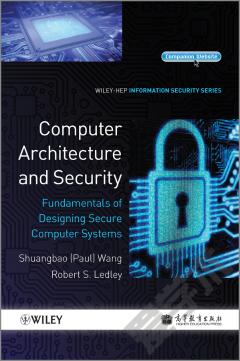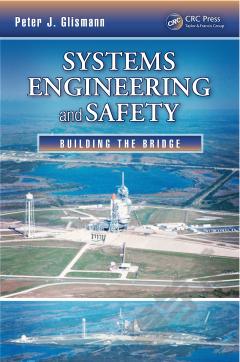Securing Systems —— Applied Security Architecture and Threat Models
----- 安全系统:应用安全架构和威胁模型
知识图谱网络
Internet attack on computer systems is pervasive. It can take from less than a minute to as much as eight hours for an unprotected machine connected to the Internet to be completely compromised. It is the information security architect's job to prevent attacks by securing computer systems. This book describes both the process and the practice of as
{{comment.content}}








 京公网安备 11010802027623号
京公网安备 11010802027623号